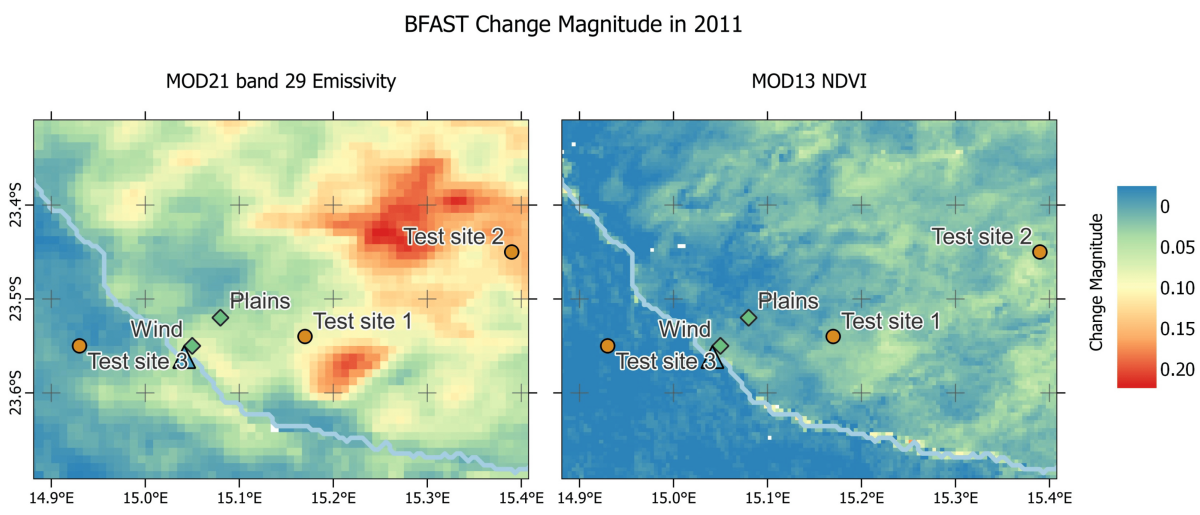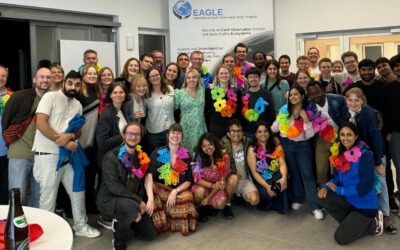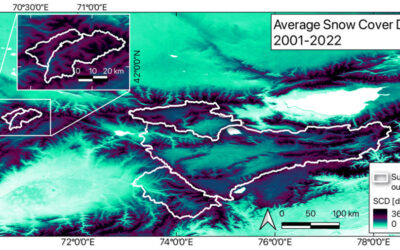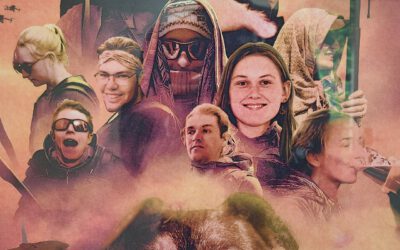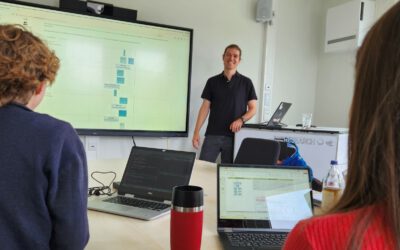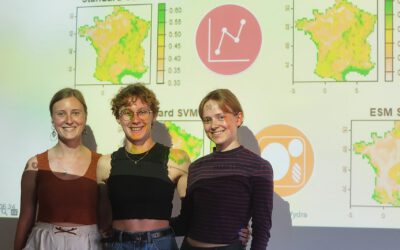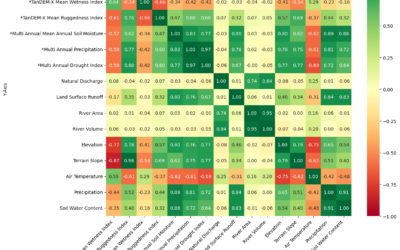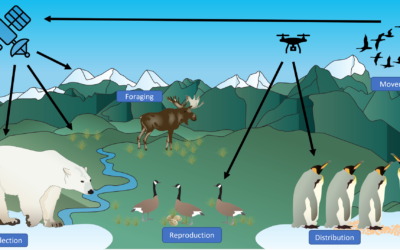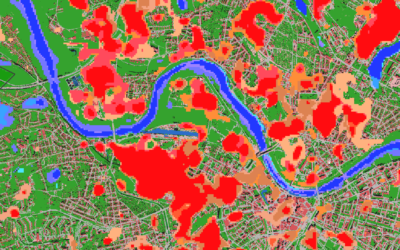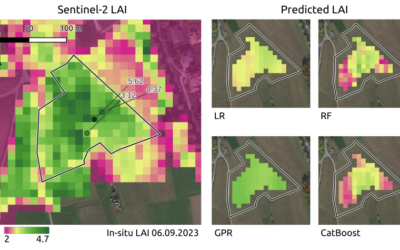From her abstract: “Monitoring changes in vegetation cover over time is crucial for understanding the spatial distribution of rainfall, as well as the dynamics of plants and animals in the Namib desert. Traditional vegetation indices have limitations in capturing changes in vegetation cover within water-limited ecosystems like the Namib gravel plains. Spectral emissivity derived from thermal infrared remote sensing has recently emerged as a promising tool for distinguishing between bare ground and non-green vegetation in arid environments. This study investigates the potential of satellite-derived emissivities for mapping changes in fractional vegetation cover across the Namib gravel plains. Analyzing Moderate Resolution Imaging Spectroradiometer (MODIS) band 29 (λ = 8.55 µm) emissivity time series from 2001 to 2021, our findings demonstrate the ability of both Normalized Difference Vegetation Index (NDVI) and emissivity to detect sudden vegetation growth on the gravel plains. Emissivity additionally allows monitoring the extent of desiccated grass over several years after a rainfall event. Our results support a relationship between the change in fractional vegetation cover, the amount of rainfall and emissivity change magnitude. Information from NDVI and emissivity therefore provide complementary information for assessing vegetation in arid environments.”
read the full article here: www.mdpi.com/2072-4292/16/1/159

